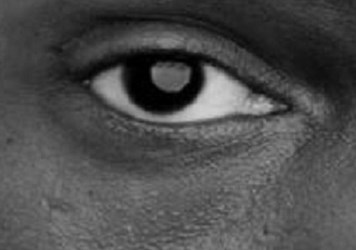Wearables Break New Ground With Google's Smart Contact Lens
By Megan Williams, contributing writer

Google’s technology is far from new in the optical wearable world. Last year, Google Glass was being used by MedEx Ambulance Service to allow paramedics to transmit live audio and video to doctors, and now a partnership with Novartis has given birth to a smart contact lens.
A New Tool For Diabetics
According to Health IT Outcomes, the new prototype can be used by individuals who have age-related vision problems, but its most fascinating feature is related to measuring blood-glucose. According to the Google blog the innovation is, “a smart contact lens that’s built to measure glucose levels in tears using a tiny wireless chip and miniaturized glucose sensor that are embedded between two layers of soft contact lens material.”
The prototypes that are currently under testing are capable of creating a reading every second and could possibly have LED lights integrated that would warn the wearer when glucose levels were too high or low.
According to project co-founders Babak Parviz and Brian Otis,
“We’ve always said that we’d seek out projects that seem a bit speculative or strange, and at a time when the International Diabetes Federation is declaring that the world is ‘losing the battle’ against diabetes, we thought this project was worth a shot. Over the years, many scientists have investigated various body fluids — such as tears — in the hopes of finding an easier way for people to track their glucose levels. But as you can imagine, tears are hard to collect and study. At Google, we wondered if miniaturized electronics — think chips and sensors so small they look like bits of glitter and an antenna thinner than a human hair — might be a way to crack the mystery of tear glucose and measure it with greater accuracy.”
Development
Google also indicated in their blog that they are currently in discussions with the FDA, but that much work needed to be done to turn the technology in a system that’s usable by the public. They are currently looking for partners who have expertise in bringing similar products to market.
The lens is scheduled to begin human testing in 2016 according to Novartis CEO Joe Jimenez (Reuters), who also expects to see the product on the market in about five years.
